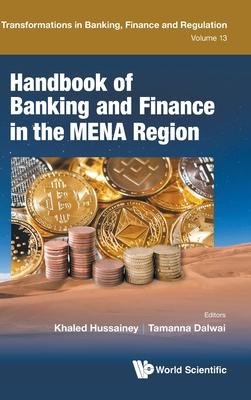According to World Bank (2021), the economic recovery in the Middle East and North Africa (MENA) has been uneven and tumultuous, based on the individual exposure to oil-price fluctuations and response to the pandemic over the last two years. Projections of average regional GDP growth for the MENA region is expected at 2.8% in 2021 and 4.2% in 2022. Some of the countries in the MENA region were affected by public uprisings and demonstrations leading to political instability. These developments marred the recovery from the financial crisis and as a result, the financial sector witnessed a decline in profitability. The region is currently undergoing several reforms that aim to deregulate banks and improve competition. Additionally, the implementation of technological and market development, number of competitors and levels of efficiency vary widely within the MENA region.The MENA region plays an important role in the global economy. On the one hand, it includes wealthy and fairly stable oil-rich countries like Saudi Arabia, the United Arab Emirates, Qatar and Kuwait and on the other, it contains countries with risky environments such as Iraq, Syria, Libya and Yemen. Financial technology or FinTech is yet to have the same level of penetration as the developed countries due to the significant section of the unbanked population. While the financial inclusion in the Gulf Cooperation Council (GCC) is much higher, the other countries in the MENA region have yet to overcome this trend.Handbook of Banking and Finance in the MENA Region explores the trends in finance and banking of the MENA region, including theoretical and empirical perspectives from researchers around the globe. These perspectives enrich the discussion of facts and development challenges in the finance and banking of the MENA region as a whole.











